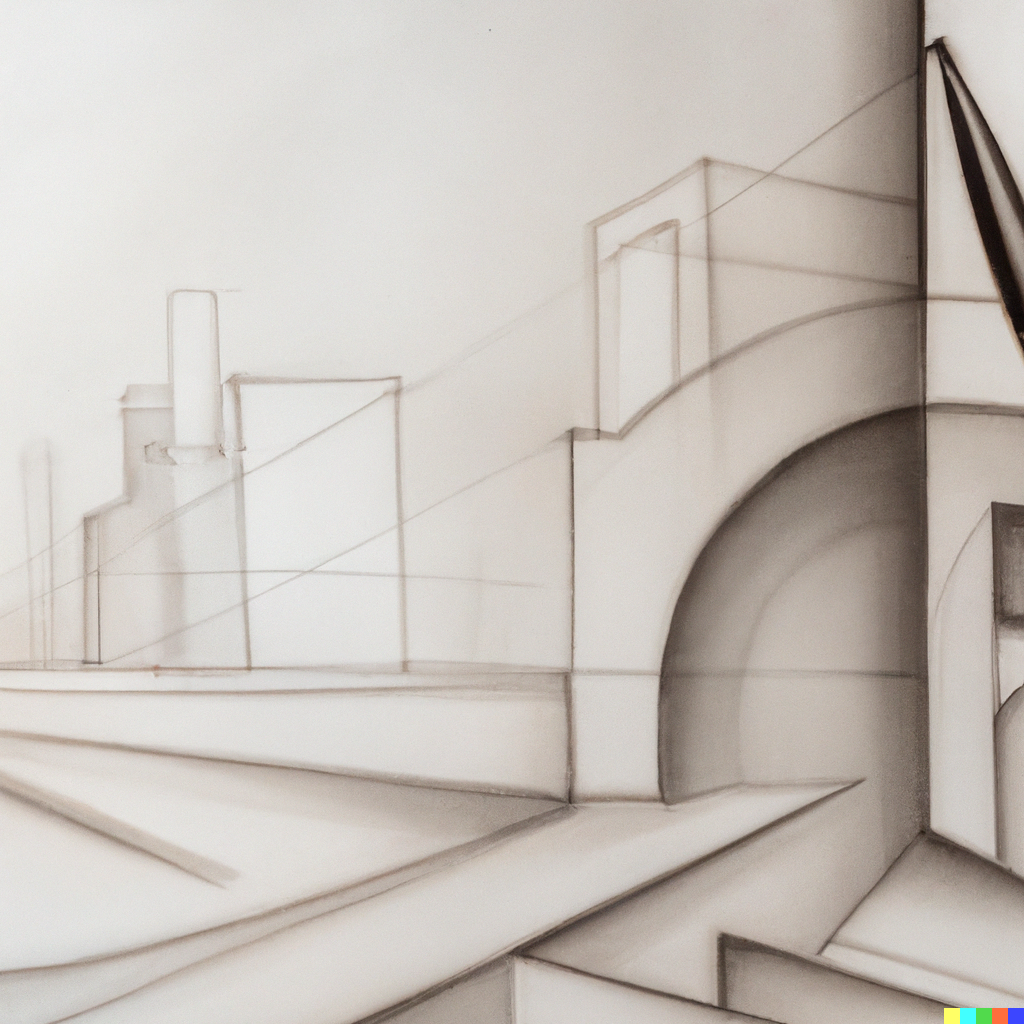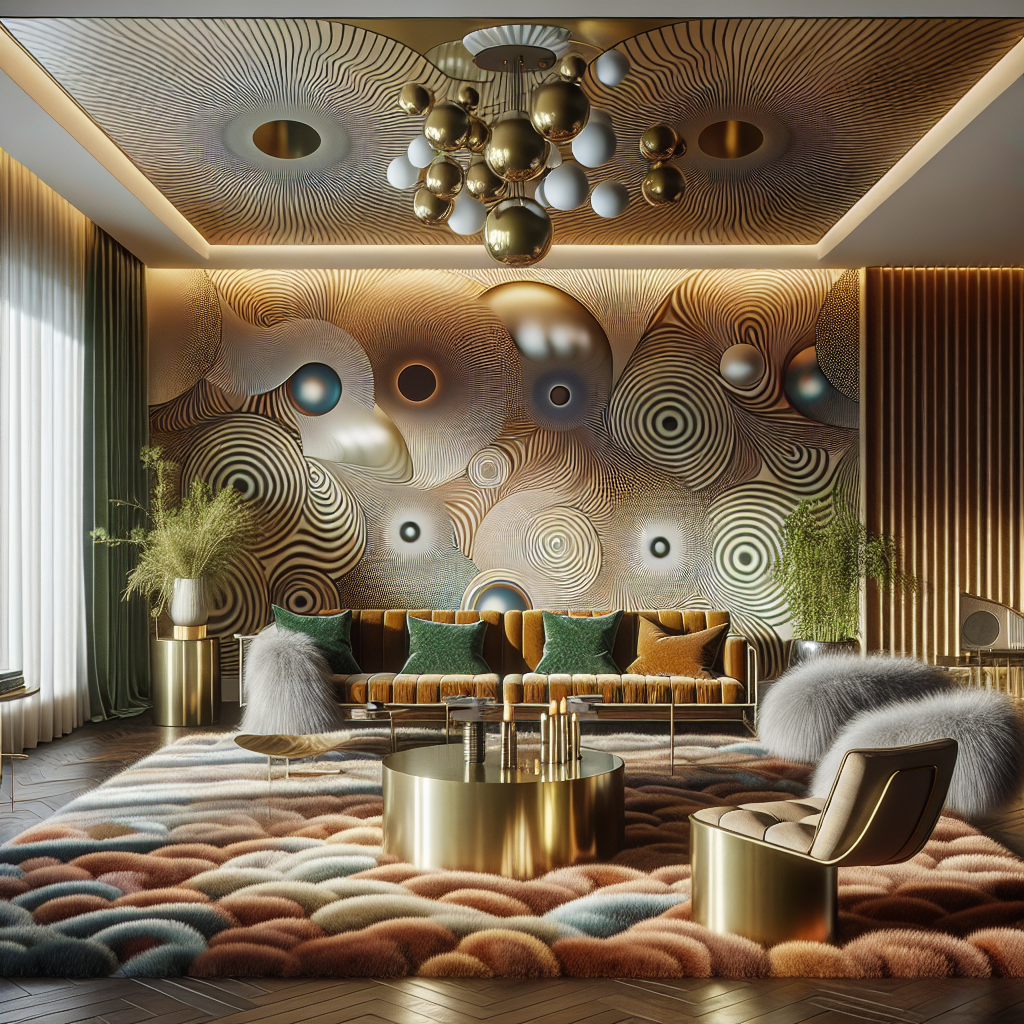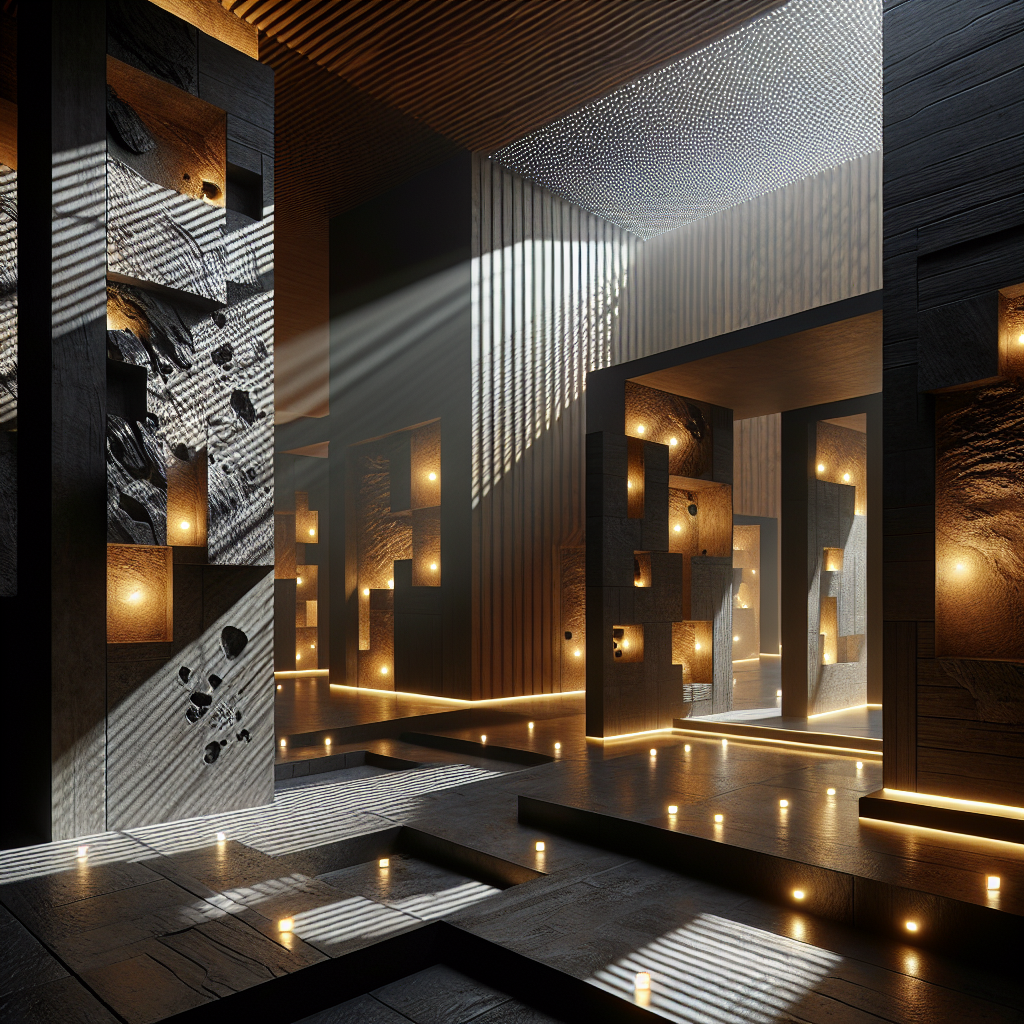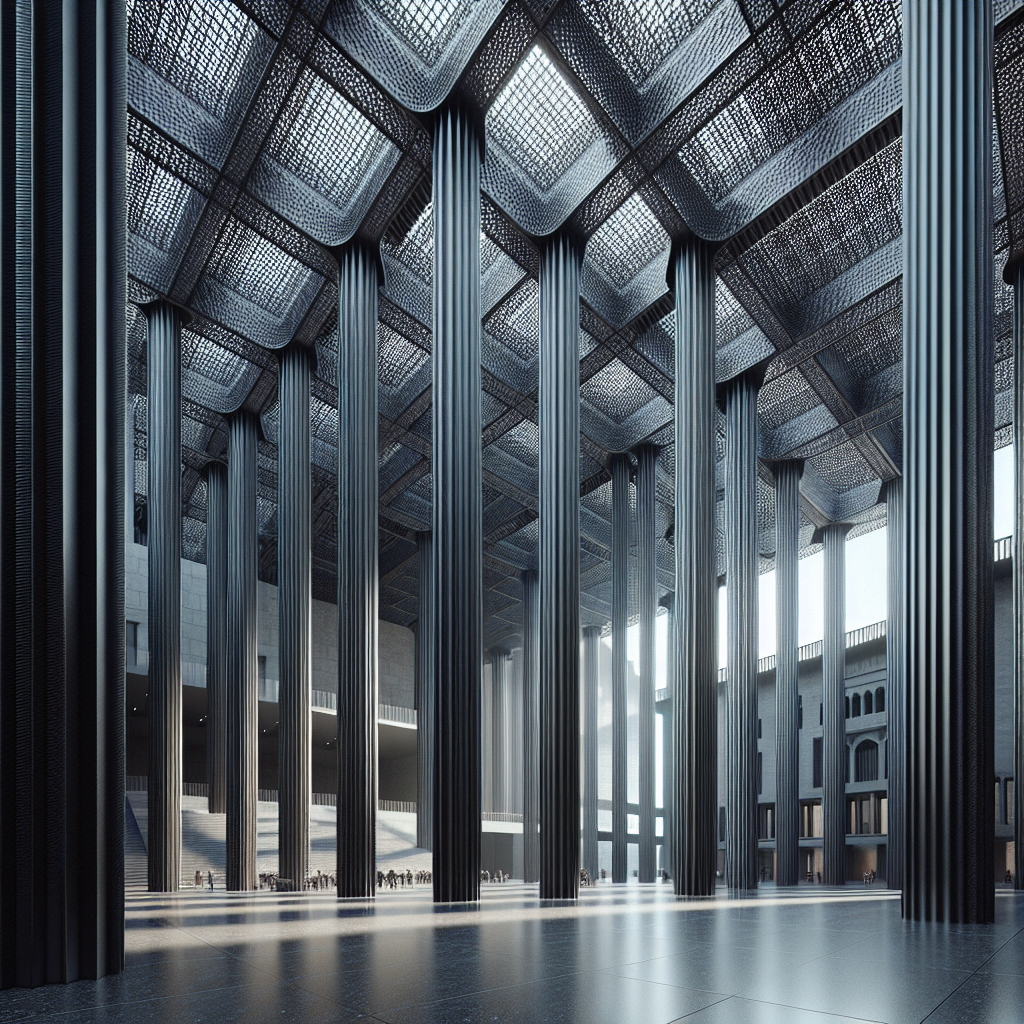Unveiling the Canvas: Architectural Drawing as an Experiment in Representation

Unveiling the Canvas: Architectural Drawing as an Experiment in Representation
The Essence of Architectural Drawing
The art of architectural drawing, a vital cog in the machinery of design and construction, reveals an intimate intertwining of experiment and representation. Straddling the tangible and the abstract, it serves as a laboratory of ideas, a playground for creativity, and an apparatus for visualizing the potentiality of space.
Drawing as an Experiment
A drawing is more than a two-dimensional portrayal of a building or a space. It is a medium through which architects convey their design ideas and project their vision. Translating these abstract concepts into concrete forms is an exercise in testing the boundaries of imagination, feasibility, and technical execution. This process of “drawing as an experiment” is the crux of this exploration.
The Architectural Hypothesis
Every architectural drawing, be it a rough sketch or a detailed blueprint, is an experiment in itself. It brings together the architect’s intuition, the practical considerations of the building, and the aesthetic sensibilities of design. The complex dance of lines, forms, and spaces on paper is not just a mere representation; it is a dynamic interaction between the architect’s mind and the imagined reality.
Architectural Drawing and Iterative Design
Each stroke on the canvas is a hypothesis that the architect tests. Like a scientist in a lab, the architect explores various possibilities, analyzes results, and refines the design based on the outcomes. This iterative process of trial and error, of experimenting with forms and functions, is what breathes life into architectural drawings.
Architectural Drawing as Art and Innovation
Consider Zaha Hadid’s early drawings, for instance. They were a melting pot of deconstructivism, abstract expressionism, and modernist influences. Hadid used drawing as a tool to push the boundaries of architectural form, resulting in designs that were as much a work of art as they were functional buildings.
Similarly, Le Corbusier’s sketchbooks were filled with exploratory drawings that melded art and architecture. His sketches were a manifestation of his thoughts, a tangible form of his architectural philosophy. By representing his ideas visually, he was able to experiment with novel concepts, challenge conventions, and shape modern architecture.
The Digital Frontier of Architectural Drawing
The advent of digital technology has introduced new dimensions to this experimentation. Software tools like AutoCAD, SketchUp, and Revit have expanded the canvas for architects, allowing them to manipulate complex forms, simulate natural elements, and even create immersive, three-dimensional models.
Yet, despite the sophistication of these digital tools, the essence of architectural drawing remains the same. It is still an exploration of ideas, a negotiation between the imagined and the real, a quest for the perfect synthesis of form and function. In this sense, every architectural drawing, digital or hand-drawn, is an experiment in representation.
The Dual Nature of Architectural Drawing
The power of architectural drawing lies in its dual nature. On one hand, it is a scientific process governed by the principles of geometry, physics, and materials science. On the other hand, it is an art, a creative endeavor that taps into the architect’s imagination, intuition, and aesthetic sensibility. This symbiosis between science and art, between experiment and representation, is what makes architectural drawing a fascinating field of study.
The Crucible of Design
Whether etched in graphite, rendered in watercolor, or modeled in 3D, architectural drawings are the lifeblood of the design process. They are the crucible where ideas are tested, concepts are refined, and visions are brought to life. As we delve deeper into the world of architectural drawing, we discover that it is not just a means to an end, but an end in itself, a testament to the architect’s creative journey and an archive of the architectural thought process.
Architectural Drawing: Exploring New Frontiers
With the advancement of technology, architectural drawing continues to evolve and embrace new frontiers. Virtual reality (VR) and augmented reality (AR) are revolutionizing the way architects conceptualize and present their designs. These immersive technologies allow clients and stakeholders to experience spaces before they are even built, providing a deeper understanding of the architect’s vision.
Additionally, parametric design tools are pushing the boundaries of architectural form generation. By defining rules and parameters, architects can explore a vast array of design possibilities that were previously unimaginable. The ability to iterate rapidly and generate complex forms with precision has opened up new avenues for architectural expression.
The Future of Architectural Drawing
As we look to the future, architectural drawing will continue to be at the forefront of design innovation. The integration of artificial intelligence (AI) and machine learning holds the potential to enhance the design process by providing data-driven insights and generating optimized solutions.
Furthermore, advancements in 3D printing technology offer exciting possibilities for translating digital drawings into physical models with remarkable accuracy and efficiency. This merging of the virtual and the tangible allows architects to bridge the gap between the digital realm and the built environment.
Conclusion
Architectural drawing is a captivating blend of experimentation and representation. It serves as a platform for architects to explore their ideas, challenge conventions, and shape the future of the built environment. Whether hand-drawn or digitally rendered, these drawings encapsulate the architect’s creative journey and serve as a testament to the power of imagination.
As technology continues to advance, the canvas of architectural drawing expands, unlocking new realms of possibility. From immersive virtual reality experiences to parametric design tools and the integration of AI, the future of architectural drawing is brimming with innovation.
Yet, amidst these advancements, the essence of architectural drawing remains unchanged. It is an art form that celebrates the harmonious union of science and creativity, of experimentation and representation. It is through the medium of architectural drawing that architects bring their visions to life, shaping the world we inhabit, one stroke at a time.





